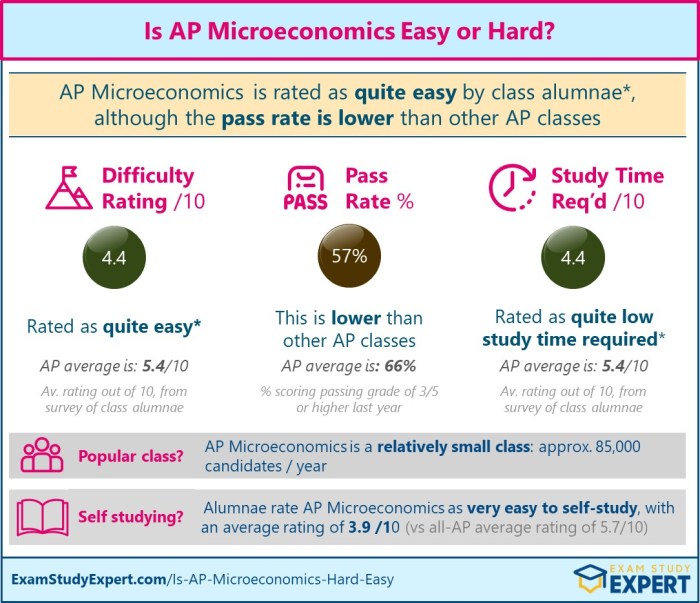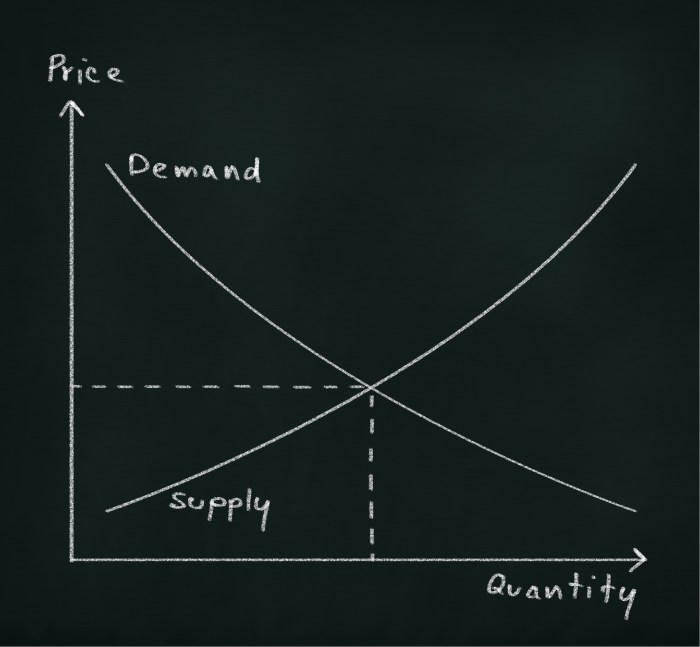Ap microeconomics multiple choice questions and answers pdf – Welcome to the comprehensive guide to AP Microeconomics multiple choice questions and answers in PDF format. This invaluable resource empowers you to excel in your AP Microeconomics exam and gain a deeper understanding of economic principles.
Our meticulously crafted PDF provides a structured organization, covering a wide range of topics and cognitive skills. With accurate and detailed answers, you’ll have the tools you need to practice effectively, identify areas for improvement, and achieve your academic goals.
1. Introduction
AP Microeconomics is a college-level course that introduces students to the principles of microeconomics. Microeconomics is the study of the behavior of individual entities, such as households, firms, and consumers, in decision-making and the allocation of resources.
Multiple choice questions (MCQs) are an essential part of AP Microeconomics. They test students’ understanding of the course material and their ability to apply economic principles to real-world situations. MCQs are also used to assess students’ progress and to identify areas where they need additional support.
The use of a PDF format for MCQs and answers is advantageous for several reasons. PDFs are easy to access and can be used on a variety of devices. They can also be easily shared with students and teachers. Additionally, PDFs can be used to create interactive exercises, such as quizzes and simulations.
2. Content Organization
The PDF should be organized in a logical and user-friendly manner. The first section should provide an overview of the course material and the types of MCQs that students can expect to encounter. The remaining sections should be organized by topic, with each section containing a set of MCQs and answers.
The rationale behind this structure is to provide students with a clear and concise overview of the course material. The overview section will help students to understand the big picture and to see how the different topics fit together. The subsequent sections will allow students to focus on specific topics and to practice answering MCQs.
Tables or bullet points can be used to organize specific sections of the PDF. For example, a table can be used to list the different types of MCQs, while bullet points can be used to list the key concepts that are tested by each type of MCQ.
3. Question Categories: Ap Microeconomics Multiple Choice Questions And Answers Pdf

There are a variety of different categories of MCQs that can be used to assess students’ understanding of AP Microeconomics. These categories include:
- Conceptual questions: These questions test students’ understanding of the basic concepts of microeconomics.
- Analytical questions: These questions require students to apply economic principles to real-world situations.
- Graphical questions: These questions require students to interpret and analyze graphs.
- Mathematical questions: These questions require students to use mathematical skills to solve economic problems.
The range of topics covered by these questions is broad and includes all of the major topics that are covered in an AP Microeconomics course. These topics include:
- Supply and demand
- Market equilibrium
- Consumer behavior
- Producer behavior
- Market failure
- Government intervention
The cognitive skills tested by each category of MCQ vary. Conceptual questions test students’ ability to recall and understand economic concepts. Analytical questions test students’ ability to apply economic principles to real-world situations. Graphical questions test students’ ability to interpret and analyze graphs.
Mathematical questions test students’ ability to use mathematical skills to solve economic problems.
4. Answer Key

A comprehensive answer key is an essential component of any MCQ resource. The answer key should provide clear and concise explanations for each question. The explanations should be written in a clear and concise manner and should be easy for students to understand.
The criteria for developing accurate and detailed answers include:
- The answers should be based on the most up-to-date economic research.
- The answers should be written in a clear and concise manner.
- The answers should be free of errors.
Tables or bullet points can be used to organize the answers. For example, a table can be used to list the question number, the correct answer, and the explanation for the correct answer. Bullet points can be used to list the key concepts that are tested by each question.
5. Practice and Review

The PDF can be used for both practice and review. Students can use the MCQs to practice answering questions and to identify areas where they need additional support. The answer key can be used to check students’ answers and to provide feedback.
Teachers can use the PDF to assess students’ progress and to identify areas where they need to provide additional instruction.
Effective practice strategies include:
- Taking practice tests under timed conditions.
- Reviewing the answer key and identifying areas where you need additional support.
- Retaking practice tests until you are able to consistently score well.
The answer key can be used for self-assessment and improvement. By reviewing the answer key, students can identify their strengths and weaknesses. They can then focus on improving their understanding of the areas where they need additional support.
Common Queries
What topics are covered in the multiple choice questions?
The questions encompass a comprehensive range of microeconomic concepts, including supply and demand, market structures, consumer behavior, and government intervention.
How can I use the answer key effectively?
The answer key provides detailed explanations and references to specific sections of the PDF. Use it to identify areas where you need further clarification and to reinforce your understanding.